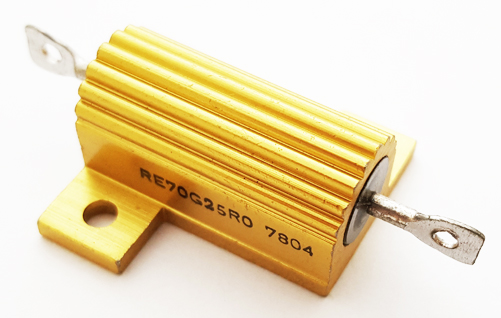I want to design a riddle:
1. 12 metal plates on the wall
2. 8 plates at room temperature.
3. 4 plates at 40-45 Celcius(104-113 Fahrenheit), it is important the plate doesn't exceed the temperature limit for safety purpose.
4. players have to identify the 4 warmed plate by touching.
5. the riddle should be run 8-10 hours continuously a day.
The problem I am trying to solve is how to warm up the 4 plates safely for such duration.
Possible options:
1. Simply have a heater blowing hot air behind the 4 plates.
2. Let the plate act like a resistor and apply power to it.
Any recommendation is appreciated.

